
Over the past year, there’s been an explosion of image generation tools, like VQGAN+CLIP, Midjourney, DALL·E, and Stable Diffusion, enabling artists to generate images from text prompts. These tools offered new and often strange forms of artistic expression — either as interesting stand-alone visuals or poetic prompt+image combinations. In the early days, the results were kind of quirky, niche images with an obvious AI-art aesthetic.
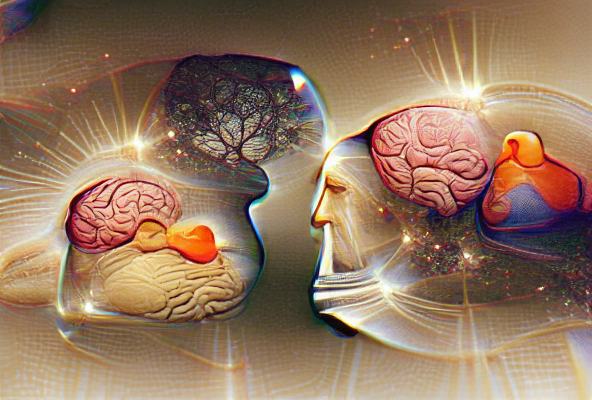

But with recent advances, the technology got good — maybe too good. The resulting art actually started to look like art and some artists grew concerned. In my opinion, openness is the way forward, but it’s worth considering the place of image generation in our culture, and how that role might evolve in the future. While we debate the rights and responsibilities of artists, researchers, and developers, a broader creative revolution is brewing under the surface that I doubt will be any less controversial.
When interacting with image generation tools, many of us start with fun prompts, like: ‘Keanu Reeves Centaurs’. If you’re an artist (or always wanted to be one), this tends to evolve into more elaborate visual art creation. The ability to quickly and easily externalize the people, places, things, and concepts we imagine is exceptionally powerful. But not everyone can draw or paint. Not everyone has the skills or dexterity necessary to move from idea to visual representation, in even the roughest capacity.
Digital tools provide some support in this regard, with specialized software helping less experienced designers bridge the gap and design something without many of the formerly required abilities. For example, SketchUp lets users more easily 3D model furniture and construction projects. It works quite well for its intended purpose, but tools like this are also limited. They assume that you arrive with a relatively concrete idea in mind.

If you don’t yet know what the thing you want to make ought to look like, you’re likely to need a different set of tools. You might browse images online for inspiration. You’ll probably put some keywords (prompts, if you will) into a search box somewhere. In the not-too-distant future, you might instead prompt an image generator. Suppose you could then combine, edit, reshape, and steer those images to something you want to build. A much wider range of people could use technology to help not just execute fully-baked ideas, but to generate and explore them in the first place.
To a certain extent, this is already possible across an incredibly wide range of creative pursuits.
You can explore design ideas for a kid’s birthday cake…
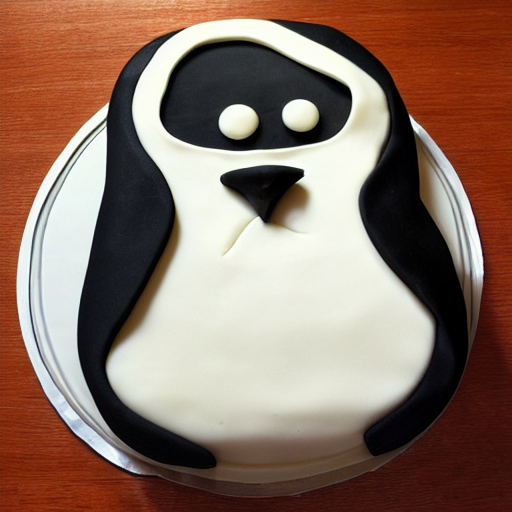
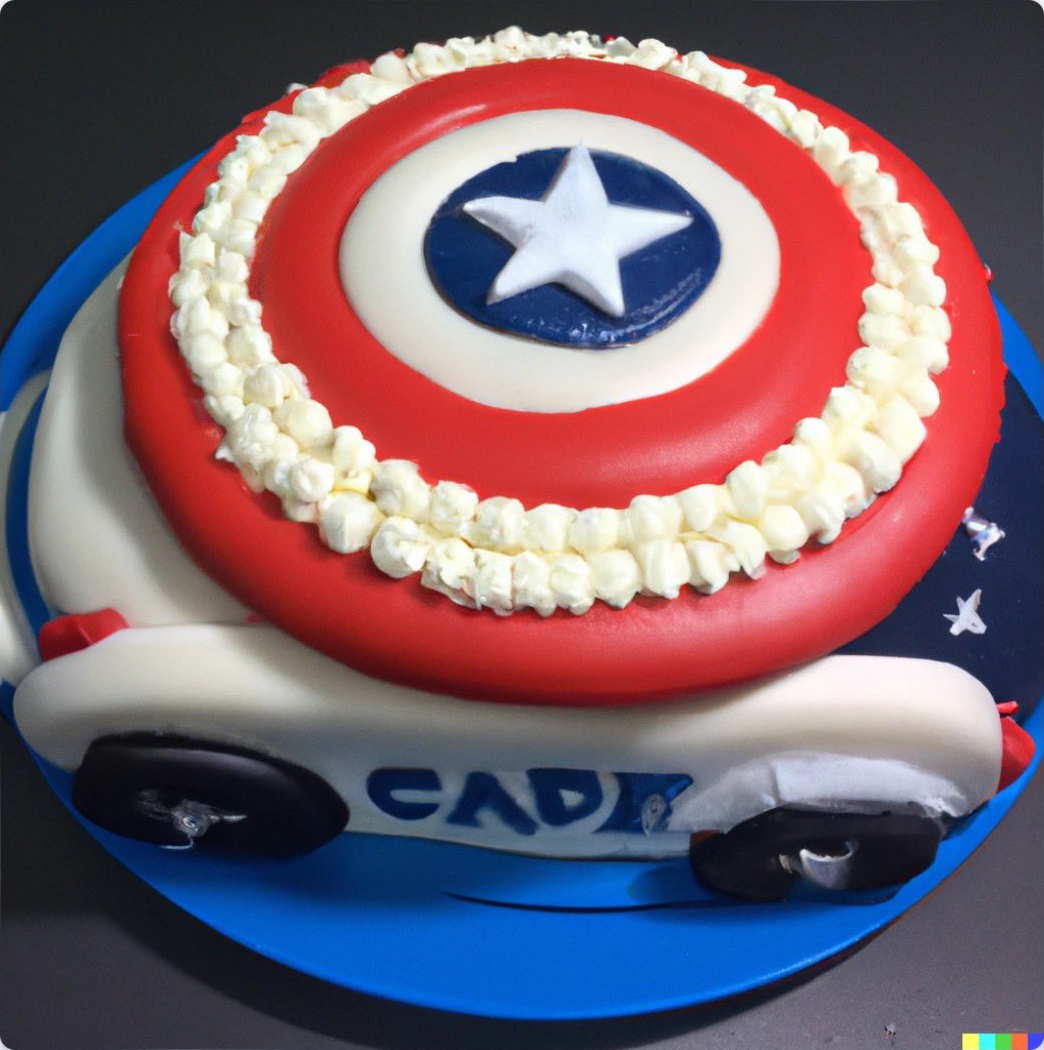

Or for a more elegant occasion…
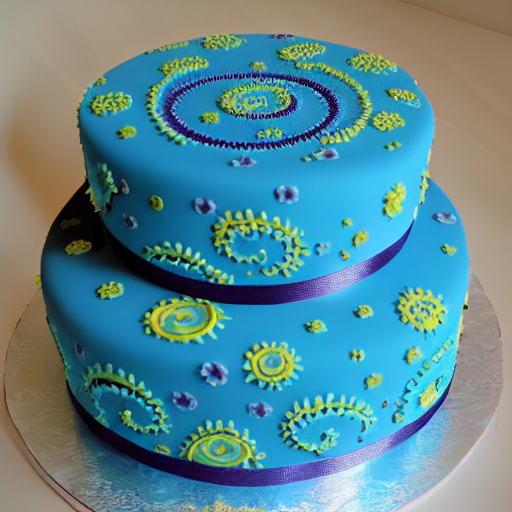

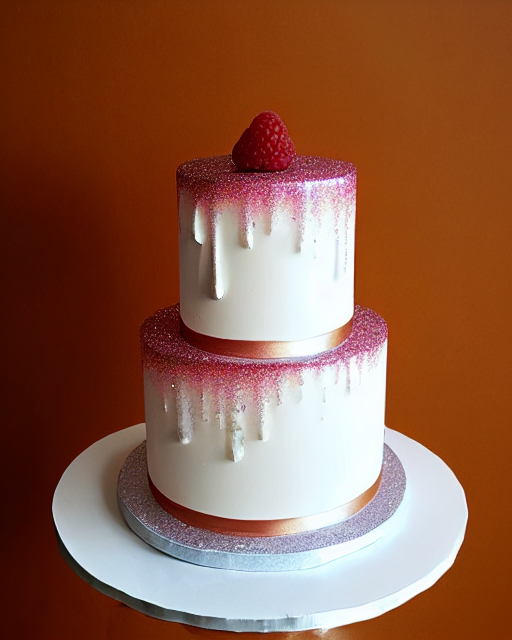
You can re-imagine interior designs for a room in your home.


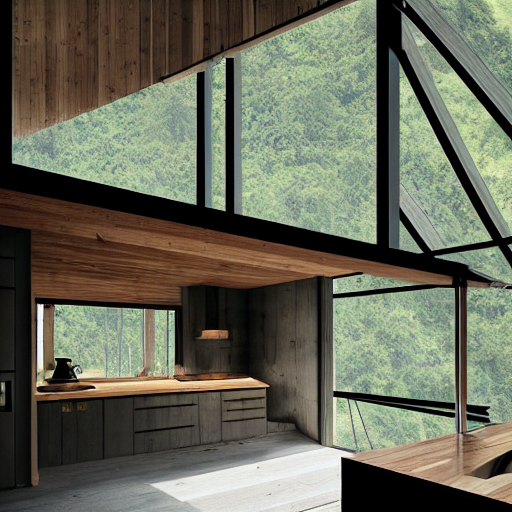
If you’re into carpentry, image generation might help you get ideas for some custom furniture.
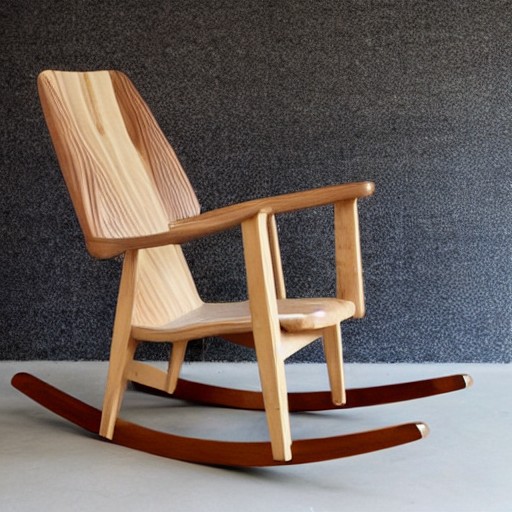

A budding gardener might imagine new things to try in their garden.

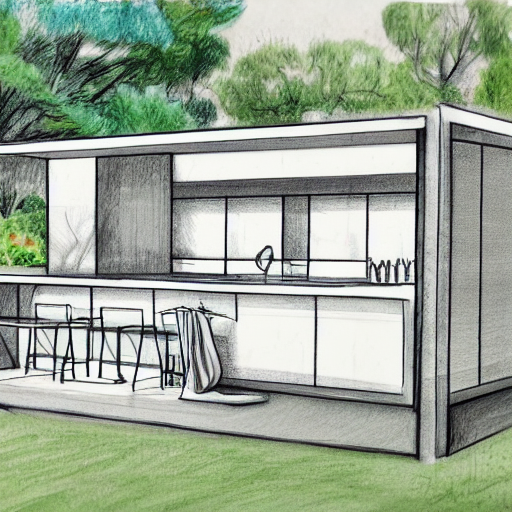

Maybe you’d use it for sewing inspiration.


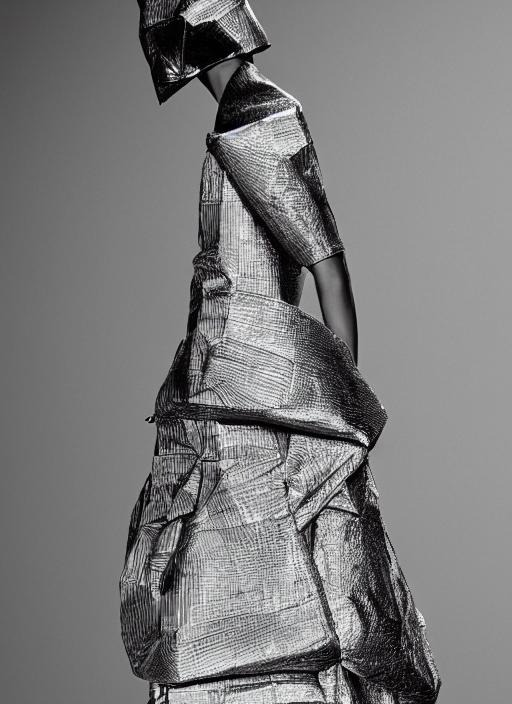
If that’s not your thing, perhaps you’d like to invent some more comfortable shoes.

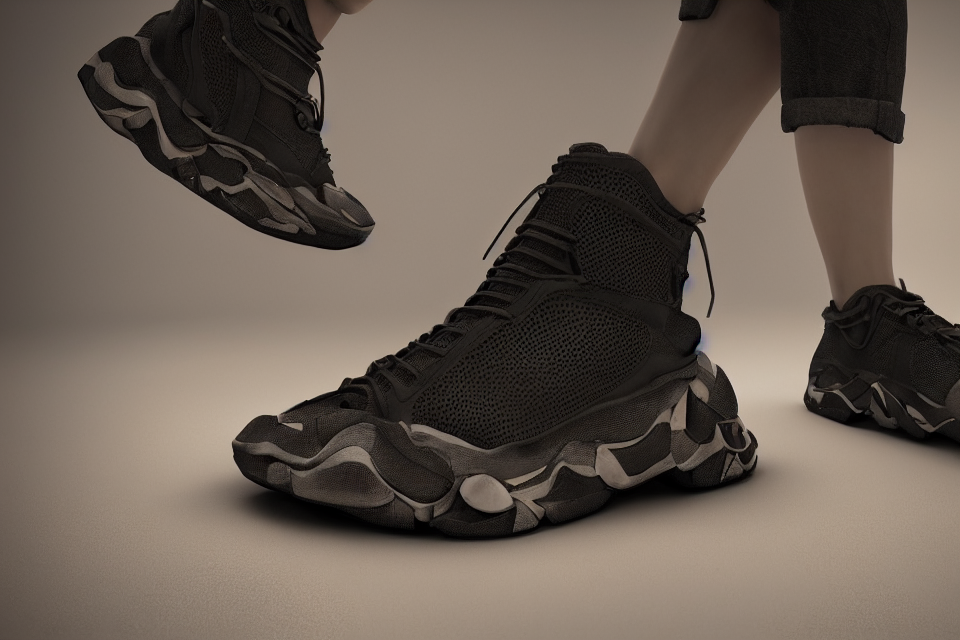

You might need some jewelry…

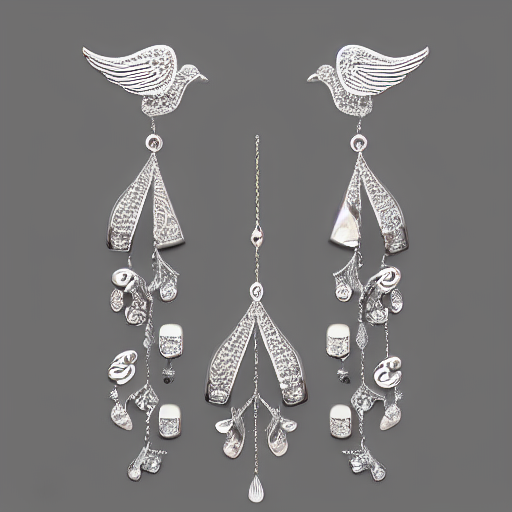
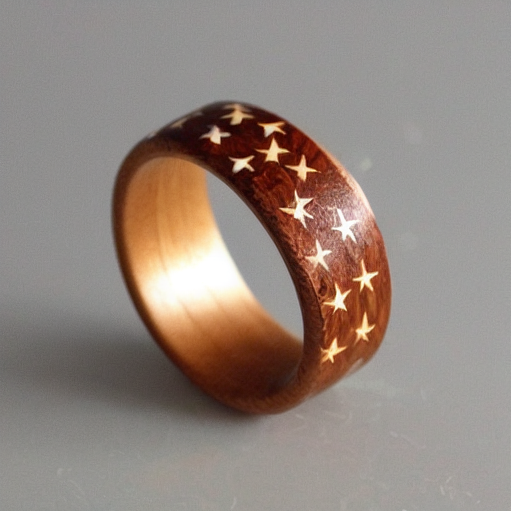
… or other accessories.
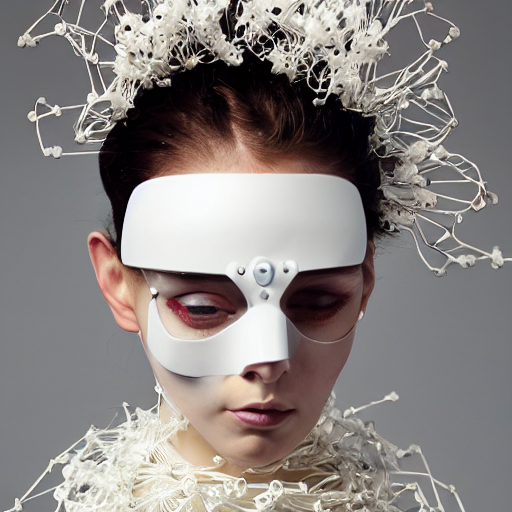

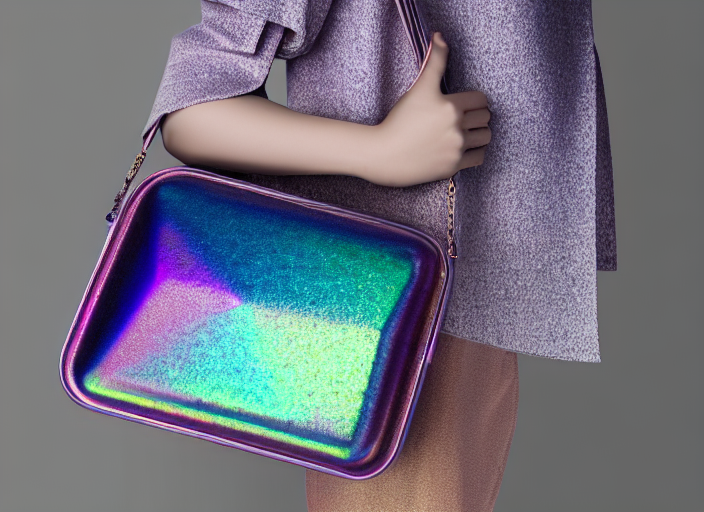
If you’re good with wool, you can design new knitting patterns.
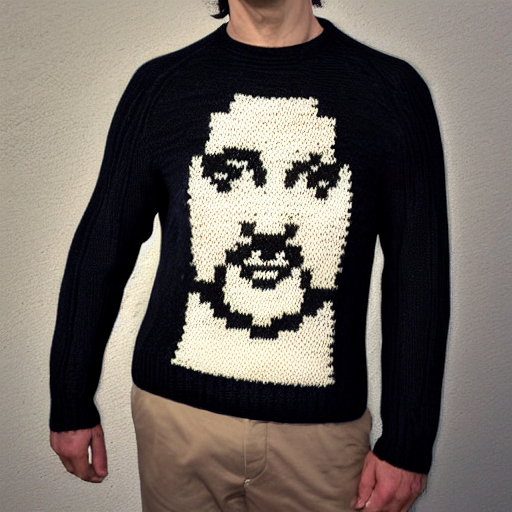


With Textile Diffusion, a custom-trained model trained on an original dataset of textiles by KaliYuga, you can generate ideas for tapestries, beadwork, patches, and other detailed embroidery projects.
Generated images might prevent you from making a more permanent mistake, say by first testing out your tattoo designs.
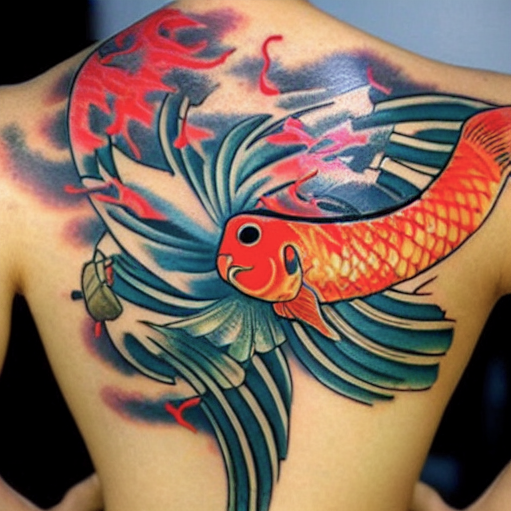

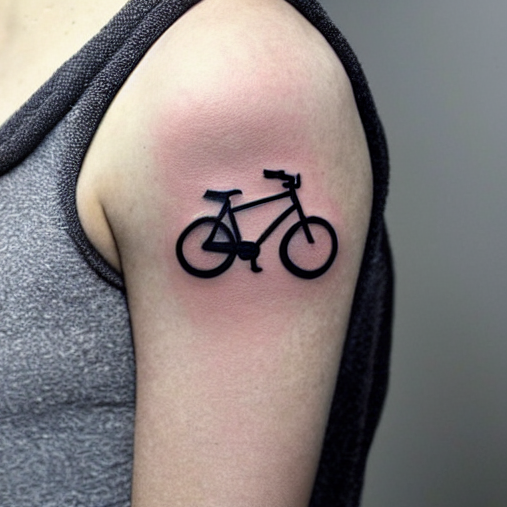
If you’re into board games, maybe you want to brainstorm game piece ideas.


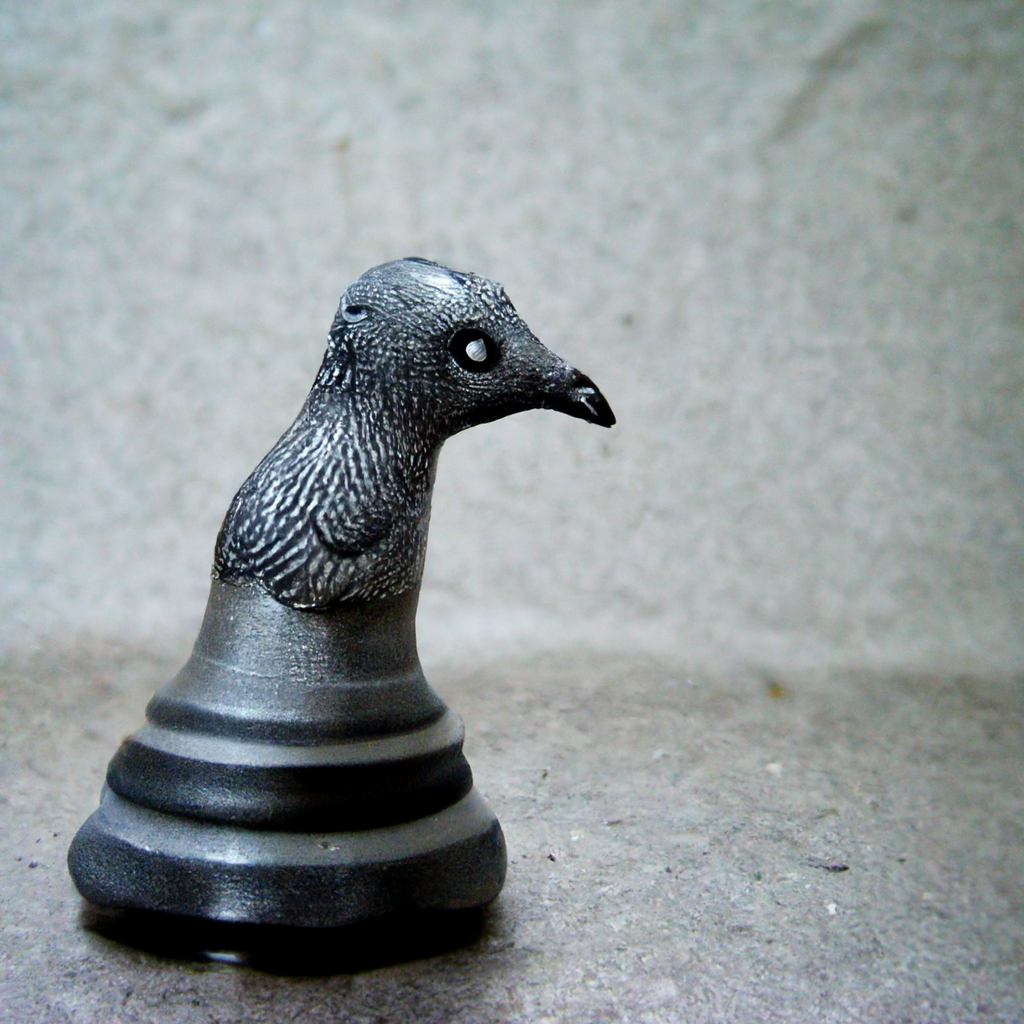
Fortunate enough to know someone with a printer? You can DIY your own colouring book pages.

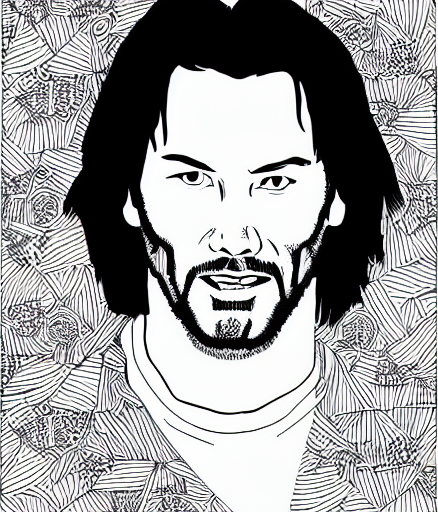

Artist Helena Sarin has been generating some incredible images of pottery. Generate you own and test them out on the kiln!
No kiln? No problem. Design some origami instead.

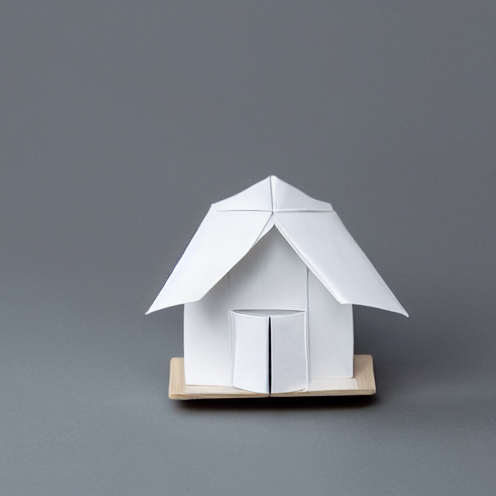
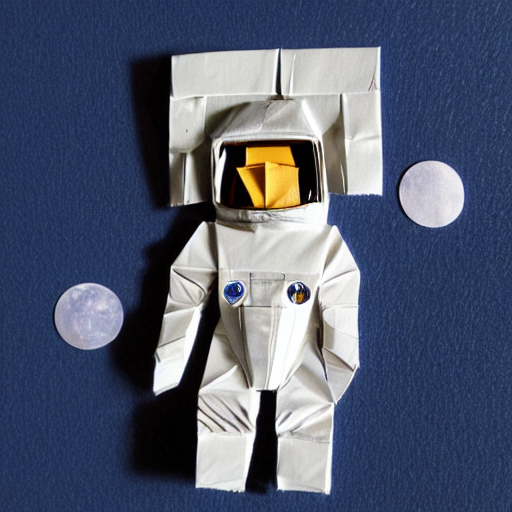
For those who want to create their own films or games, you might explore new environments or imaginary locations…
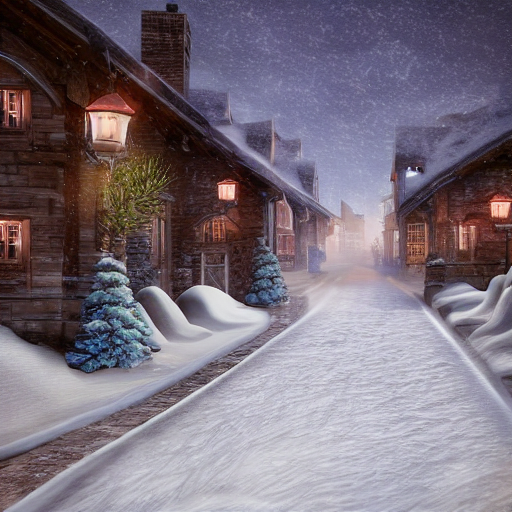
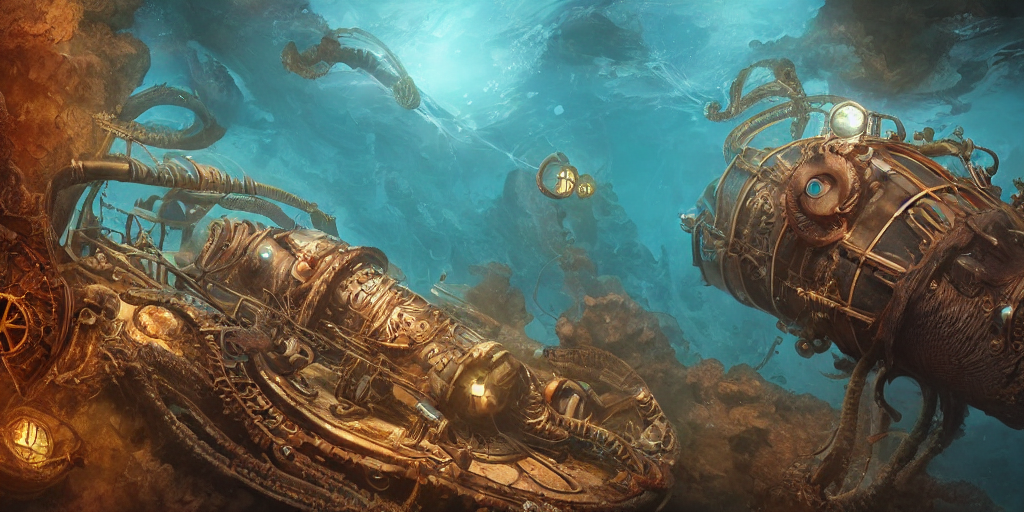
…or generate character concept images.
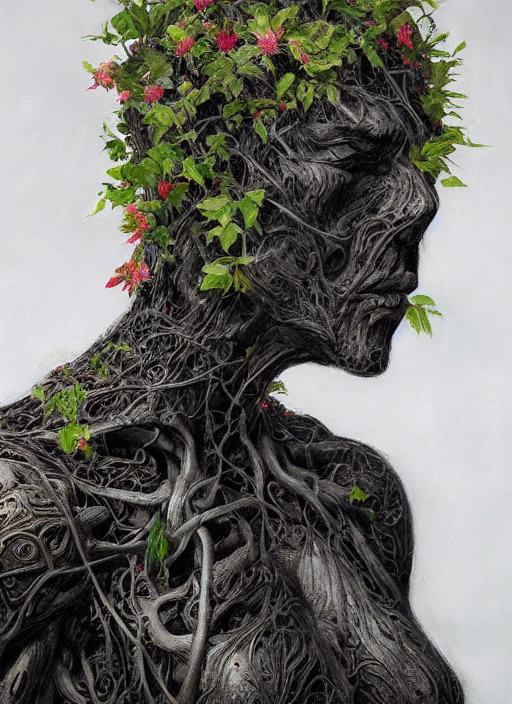

Many instructions, explanations, and other forms of communication could benefit from accompanying visual representations, especially for kids.
These tools can help express dreams or nightmares, either to share with others or process individually.


We can even use AI to help us imagine safer, more people-friendly cities.
Most of the images above, while incredible, are not polished or final designs. They often have significant flaws or physical inaccuracies that would render them impractical or impossible to build out in real life (assuming we even wanted to). One day, for better or worse, AI might enable this—and more. In the meantime, the generated images can still help us explore, externalize, and communicate internal concepts and spark entirely new ideas and creative works.